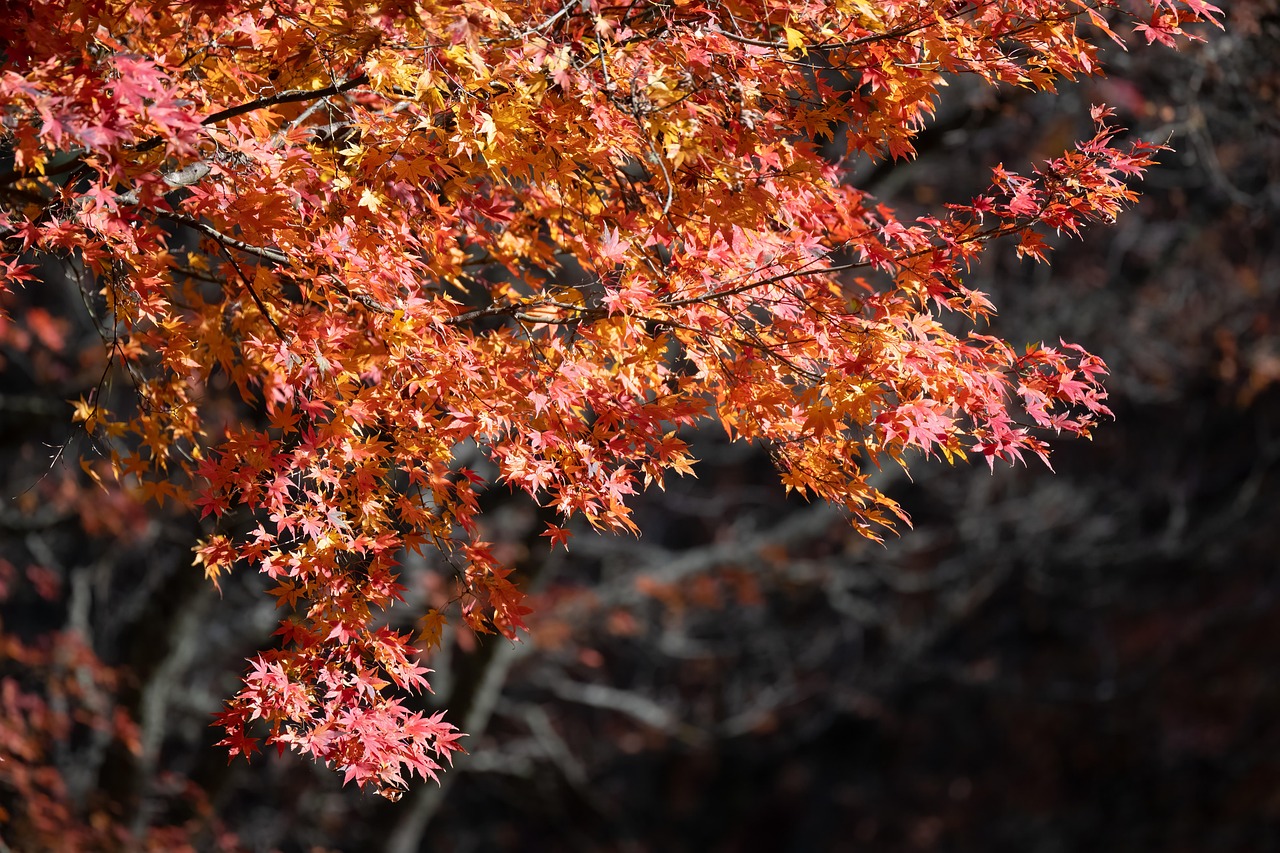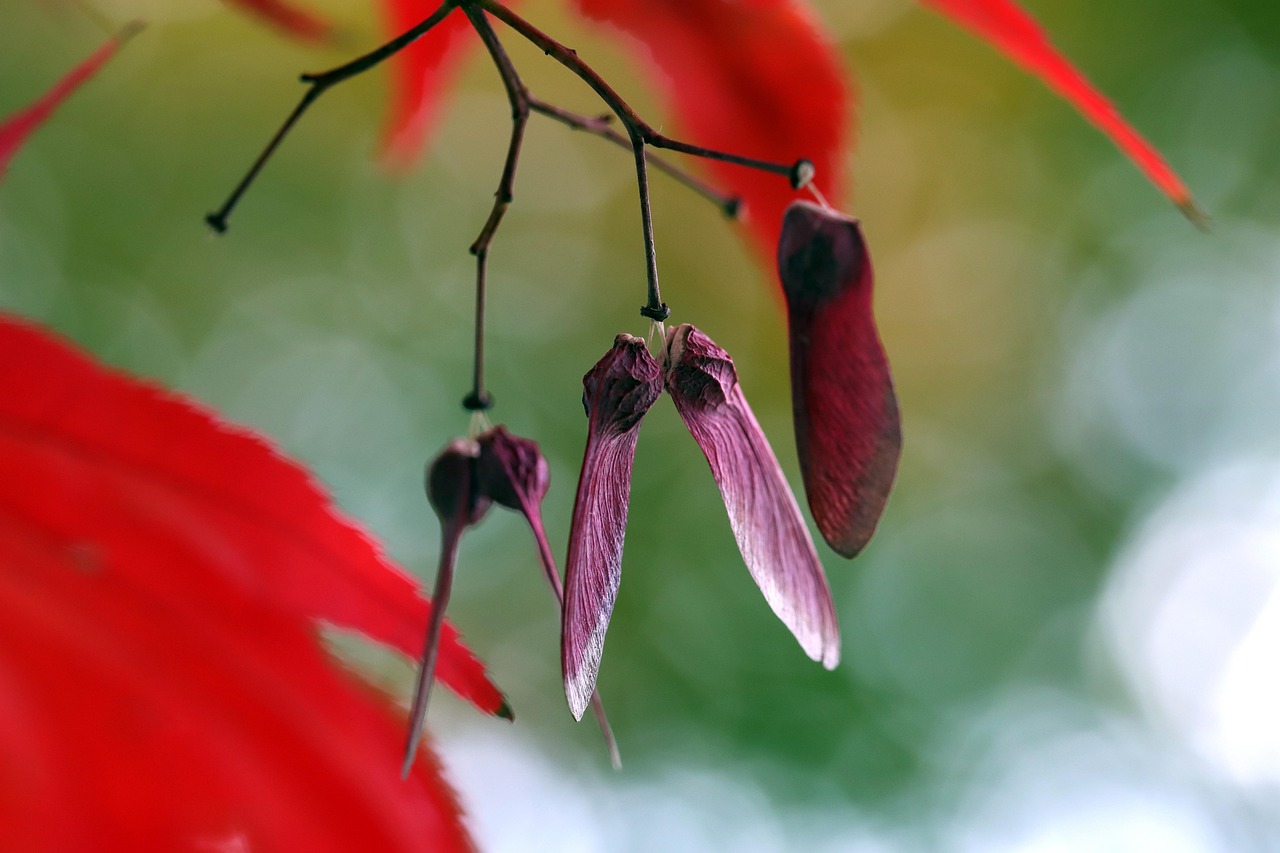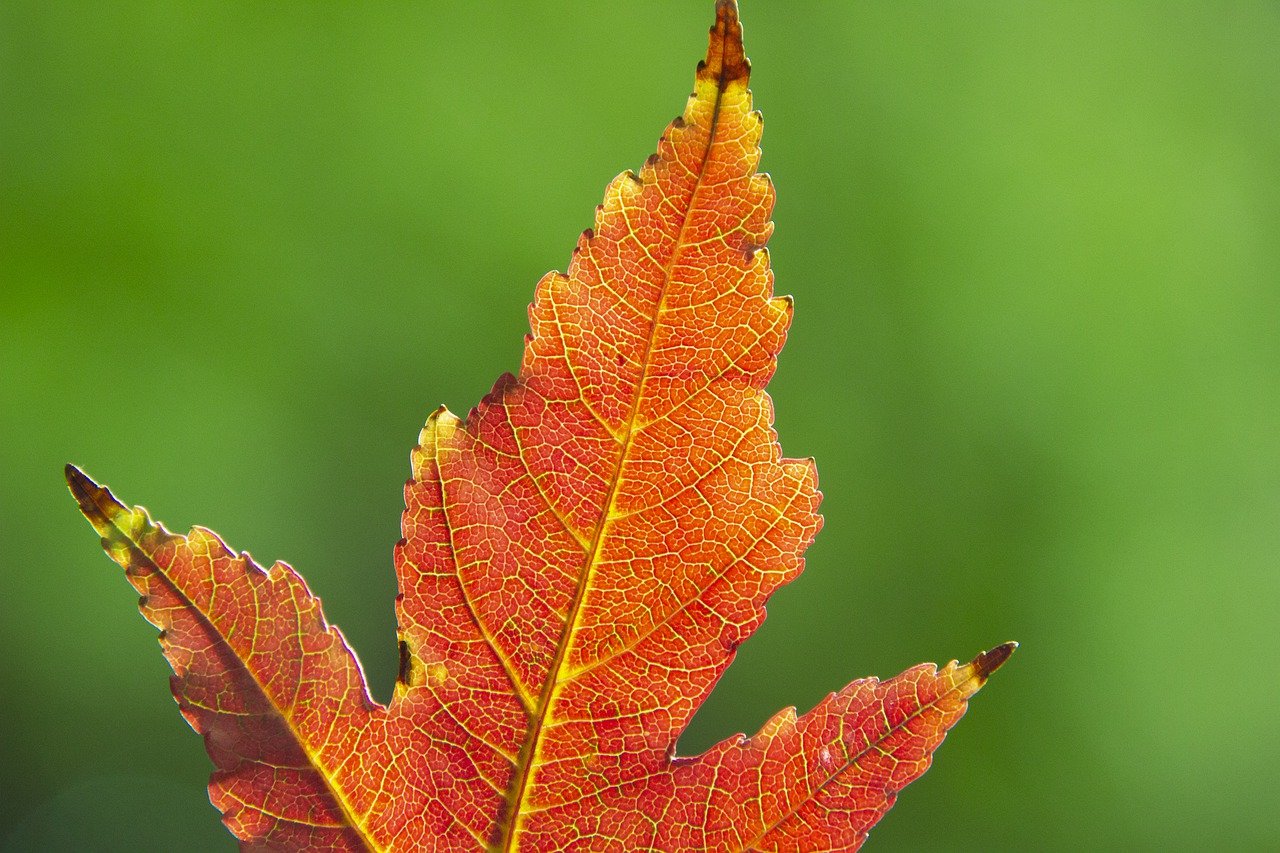Pruning maple trees is crucial for their health and aesthetics. The best techniques involve assessing the tree’s structure, timing the pruning correctly, and using the right tools. Beginners should focus on removing dead or diseased branches and shaping the tree to encourage healthy growth.
Understanding Maple Trees

Maple trees are beloved for their vibrant fall colors and distinctive leaf shapes. They are popular choices for landscaping due to their hardiness and adaptability. However, like all trees, maples require regular maintenance to thrive. One of the most important maintenance tasks is pruning, which helps to maintain the tree’s structure and promote healthy growth.
Pruning involves removing specific parts of the tree such as branches, stems, or roots. This practice not only enhances the tree’s appearance but also prevents disease and encourages new growth. For beginners, understanding when and how to prune is essential for the health of the tree.
Benefits of Pruning Maple Trees
Pruning maple trees offers several benefits that contribute to their overall health and longevity. Here are some key advantages:
- Improved Air Circulation: Pruning helps to thin out dense areas, allowing more air to circulate through the tree. This reduces the risk of fungal diseases.
- Enhanced Light Penetration: Properly pruned trees receive better sunlight exposure, which supports healthy foliage growth.
- Increased Aesthetic Appeal: Shaping the tree can enhance its natural beauty, making it more visually appealing in your landscape.
- Healthier Growth: Removing dead or damaged branches encourages new growth and helps the tree allocate resources more effectively.
When to Prune Maple Trees
The timing of pruning is critical for maple trees. It is generally recommended to prune during the late winter or early spring while the tree is still dormant. This timing helps to minimize sap loss and reduce stress on the tree. However, if you need to remove dead or diseased branches, you can do this at any time of year.
| Best Time to Prune | Reason |
|---|---|
| Late Winter | Minimizes sap loss and stress |
| Early Spring | Promotes healthy growth as new leaves emerge |
| Anytime (for dead/diseased branches) | Prevents disease spread and encourages health |
Essential Pruning Tools
Before starting the pruning process, it is vital to have the right tools. Here are some essential tools for pruning maple trees:
- Hand Pruners: Ideal for cutting small branches up to one inch in diameter.
- Loppers: Used for thicker branches, typically between one to two inches in diameter.
- Saws: A pruning saw may be necessary for larger branches over two inches.
- Safety Gear: Always wear gloves and eye protection when pruning to ensure safety.
Having these tools ready will make the pruning process smoother and more effective. Understanding how to use them correctly will set you on the right path toward successful maple tree care.
Pruning Techniques for Maple Trees
Once you have the right tools, understanding effective pruning techniques is essential. Each technique serves a specific purpose, promoting the tree’s health and overall shape. Below are some key pruning techniques suitable for maple trees.
Thinning Cuts
Thinning cuts involve removing entire branches at their point of origin. This technique reduces the density of the tree’s canopy, allowing more light and air to reach the inner parts of the tree.
- Benefits: Enhances air circulation and light penetration.
- Method: Identify crowded areas and select branches that are crossing or growing inward. Use hand pruners or loppers to make clean cuts at the branch collar.
Heading Cuts
Heading cuts, also known as topping cuts, shorten a branch by cutting it back to a bud or lateral branch. This technique encourages bushier growth but can lead to weak growth if not done correctly.
- Limitations: Should be used sparingly, as excessive heading can result in weak branches.
- Application: Make cuts above a healthy bud or lateral branch to encourage new growth in desired directions.
Reduction Cuts
Reduction cuts aim to reduce the height or spread of a tree while maintaining its natural shape. This method is particularly useful for overgrown trees.
- Process: Identify the branch you want to reduce. Cut back to a lateral branch that is at least one-third the diameter of the branch being cut.
- Outcome: This technique helps maintain the tree’s overall form while controlling size.
Safety Considerations While Pruning
Pruning can be physically demanding and may pose safety risks. Keeping safety in mind is crucial for a successful pruning experience. Here are some safety tips:
- Wear Protective Gear: Always wear gloves, safety glasses, and sturdy footwear. If using power tools, consider hearing protection.
- Assess Your Environment: Ensure your work area is clear of obstacles. Be cautious of overhead power lines and unstable ground.
- Use Proper Techniques: Always use tools correctly to prevent accidents. Maintain a firm grip and balance while cutting.
Post-Pruning Care for Maple Trees

After pruning, it is essential to care for your maple trees to promote healing and growth. Here are some practices to follow:
- Watering: Ensure the tree receives adequate water after pruning, especially during dry spells. Deep watering encourages healthy root growth.
- Mulching: Apply a layer of mulch around the tree base to retain moisture and suppress weeds. Keep mulch away from the trunk to avoid rot.
- Fertilizing: Use a balanced fertilizer in early spring to support new growth. Be cautious not to over-fertilize, as this can harm the tree.
Common Mistakes to Avoid
Beginners often make common mistakes that can negatively impact their maple trees. Awareness of these pitfalls can help ensure successful pruning.
- Pruning Too Late: Delaying pruning until after new growth may stress the tree and promote disease.
- Over-Pruning: Removing too many branches can weaken the tree and hinder its ability to thrive.
- Poor Cuts: Making jagged or improper cuts can lead to infections. Always aim for clean cuts at appropriate angles.
By following these techniques and guidelines, beginners can effectively prune their maple trees, ensuring healthy growth and vibrant foliage for years to come.

Seasonal Considerations for Maple Tree Pruning
Understanding the seasons and how they affect maple trees is critical for effective pruning. The timing of your pruning efforts can significantly influence the health and growth of your trees. Below are seasonal considerations to keep in mind.
Winter Pruning
Winter is often considered an ideal time for pruning maple trees. During this dormant period, the tree is less susceptible to diseases and pests.
- Benefits: Pruning in winter allows for better visibility of the tree’s structure, making it easier to identify branches that require removal.
- Technique: Focus on thinning cuts to promote a strong framework for future growth. Avoid heavy pruning, as the tree needs energy reserves for spring.
Spring Pruning
Pruning in early spring, just before new growth begins, can also be beneficial. However, it requires careful timing to avoid excessive sap loss.
- Timing: Monitor the tree’s bud development closely. Pruning too late in the season can lead to sap bleeding.
- Focus: Concentrate on removing any dead or damaged branches to encourage robust growth as new leaves emerge.
Summer Pruning
Summer pruning is less common but can be useful for controlling growth and shaping young trees. It is generally recommended for light pruning only.
- Aim: Use summer pruning to remove excess growth and encourage a desirable shape. This practice helps direct energy into the remaining branches.
- Caution: Avoid heavy pruning during this period, as it can stress the tree and lead to sunburned bark on exposed areas.
Fall Pruning
Fall is typically not recommended for pruning maple trees. The transition into dormancy can make trees vulnerable to injuries and diseases.
- Risks: Pruning in fall can expose fresh cuts to winter weather and pests, increasing the risk of infection.
- Exceptions: If you notice dead or diseased branches, these should be removed whenever necessary, even in fall.
Understanding Maple Tree Growth Patterns

To effectively prune maple trees, it is essential to understand their growth patterns. Different species of maple can exhibit varying growth habits and characteristics.
Growth Habit
Maple trees generally have a central leader with lateral branches extending outwards. Recognizing this structure helps in making informed pruning decisions.
- Central Leader: Maintain a dominant central leader for a strong tree structure. Encourage lateral branches to grow outward rather than inward.
- Lateral Branches: Focus on shaping these branches to avoid overcrowding while ensuring they have enough space to grow.
Species-Specific Characteristics
Different types of maple trees may require specific approaches to pruning. Here are some common maple species and their characteristics:
| Maple Species | Characteristics |
|---|---|
| Sugar Maple | Strong growth pattern; prone to vertical growth. |
| Red Maple | Fast-growing; tends to develop many lateral branches. |
| Silver Maple | Rapid growth; flexible branches that require careful attention. |
By understanding these growth patterns and species-specific characteristics, you can tailor your pruning techniques to meet the unique needs of each maple tree variety. This knowledge fosters healthier trees and enhances your landscaping efforts.
Advanced Techniques for Maple Tree Pruning
As you gain confidence in your pruning skills, you may want to explore advanced techniques that can further enhance the health and aesthetics of your maple trees. These methods require a deeper understanding of tree biology and growth patterns.
Crown Raising
Crown raising involves removing lower branches to elevate the tree’s canopy. This technique is particularly useful for allowing more light to reach the ground and for improving the overall appearance of the tree.
- Purpose: Improves visibility and access beneath the tree, making it suitable for landscaping or walking areas.
- Method: Carefully remove lower branches, ensuring that you do not take too many at once, which can stress the tree.
Crown Reduction
Crown reduction is a technique used to maintain the size of a maple tree without compromising its natural shape. This method can be beneficial for trees that have become too large for their environment.
- Technique: Reduce the height and spread of the tree gradually by making cuts above lateral branches, promoting a balanced structure.
- Consideration: Aim for no more than 25% of the crown to be reduced in a single pruning session to avoid shock.
Shaping Young Trees
For young maple trees, shaping is essential to establish a strong structure. Proper shaping during the early years can lead to healthier, more resilient trees.
- Focus on Structure: Encourage a strong central leader and evenly spaced lateral branches. Remove competing leaders to maintain a single trunk.
- Adjust As Needed: Regularly assess the tree’s growth and adjust your pruning strategy as necessary to guide its development.
Pest and Disease Management in Pruned Trees
Pruning can expose maple trees to pests and diseases if not done correctly. It is important to monitor your trees for any signs of stress or illness after pruning.
- Inspect Regularly: Check for signs of pests such as aphids or borers, which can infest newly cut branches.
- Watch for Diseases: Fungal infections can result from improper cuts or excessive moisture. Ensure cuts are clean and consider applying a fungicide if necessary.
Final Thoughts
Pruning maple trees is not only an art but also a science that requires knowledge, skill, and practice. By understanding the different pruning techniques, seasonal considerations, and specific species characteristics, you can effectively enhance the health and beauty of your maple trees.
As you embark on your pruning journey, remember that patience is key. Each tree responds differently to pruning, and it may take time to see the results of your efforts. Regular maintenance, along with proper techniques, will ensure your maple trees thrive for many years.
Moreover, always prioritize safety while pruning. Use the right tools, wear protective gear, and be mindful of your surroundings. With diligence and care, you’ll cultivate not only beautiful trees but also a deeper appreciation for the natural beauty they bring to your landscape.
Whether you are a beginner or looking to refine your skills, this guide serves as a valuable resource in your endeavor to master maple tree pruning techniques. Happy pruning!
